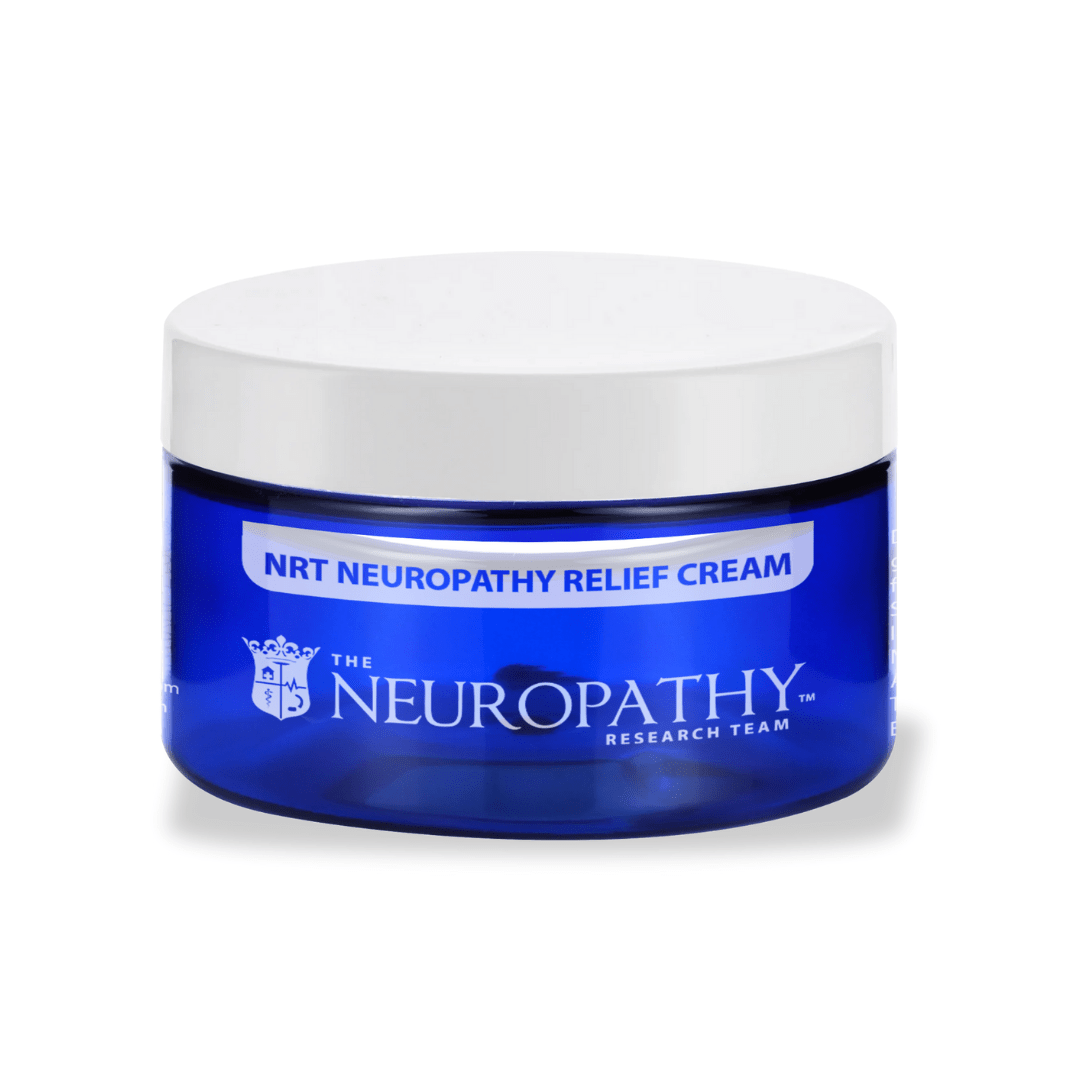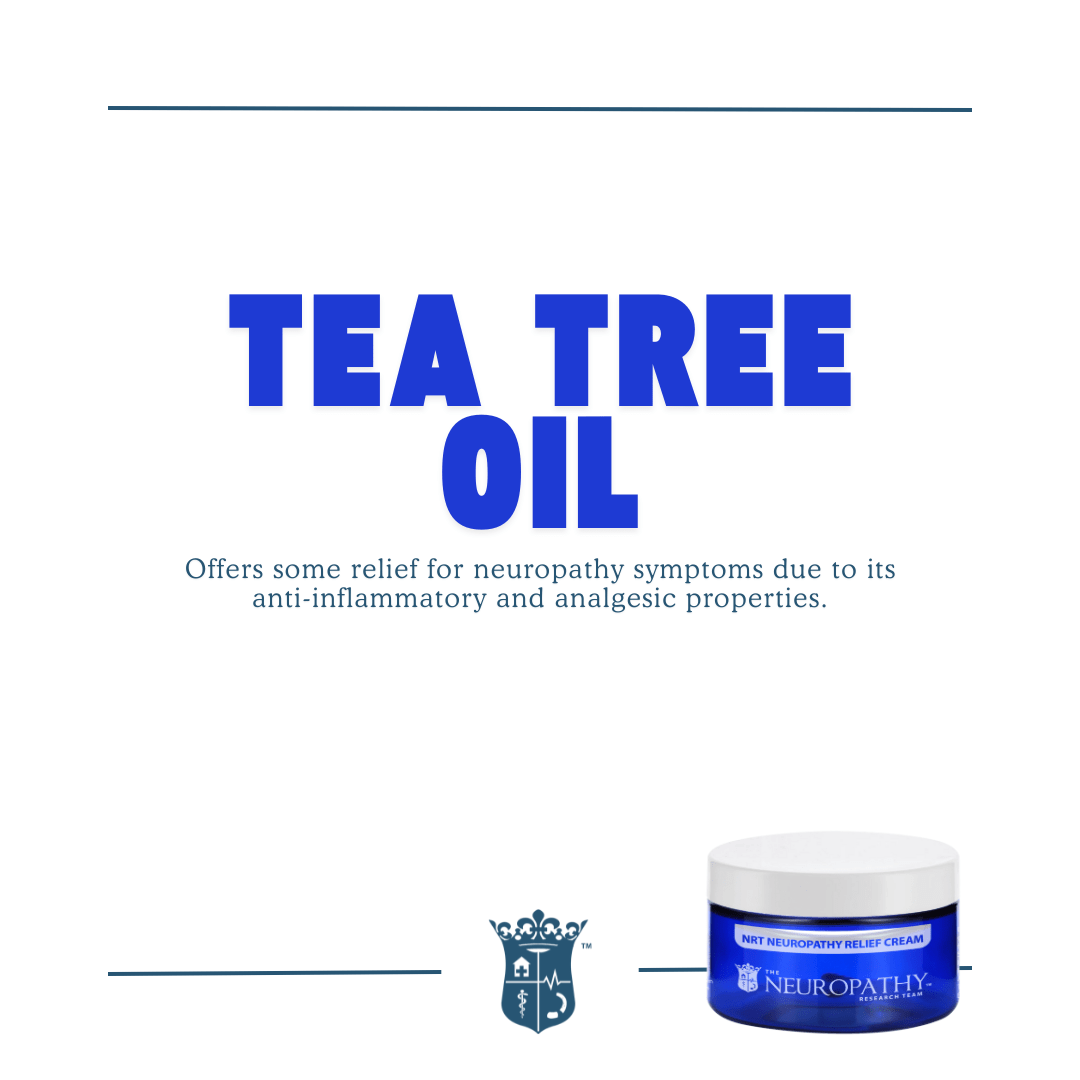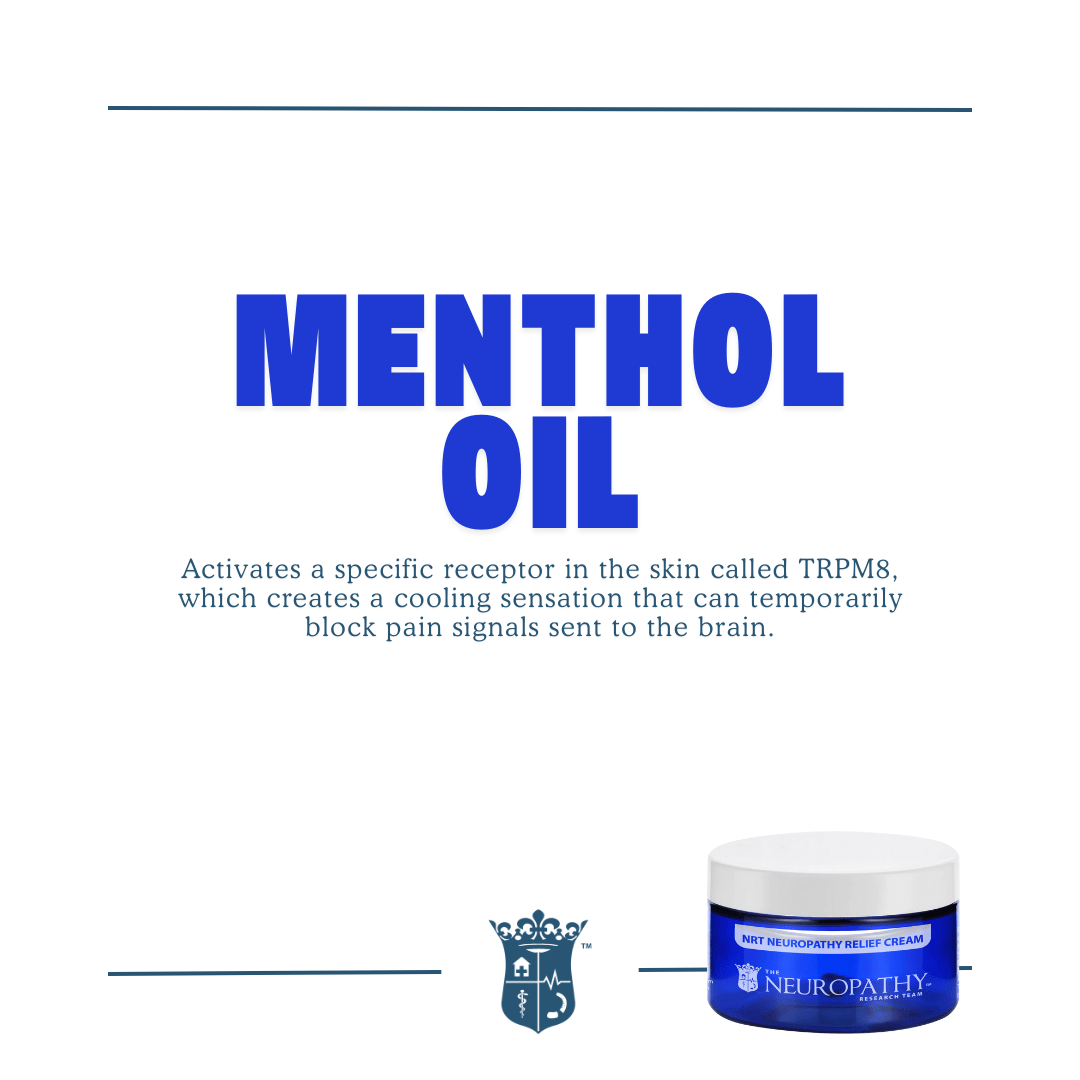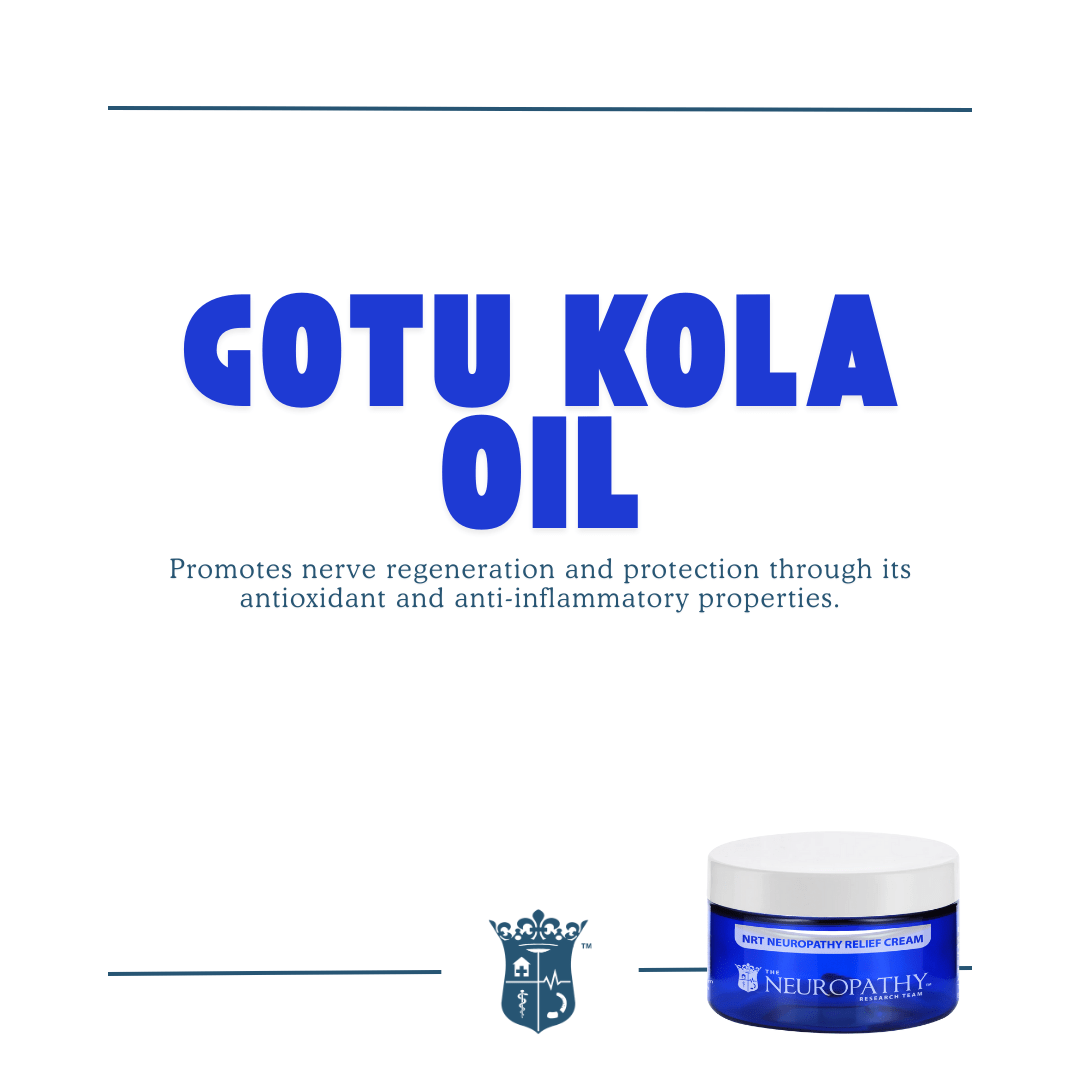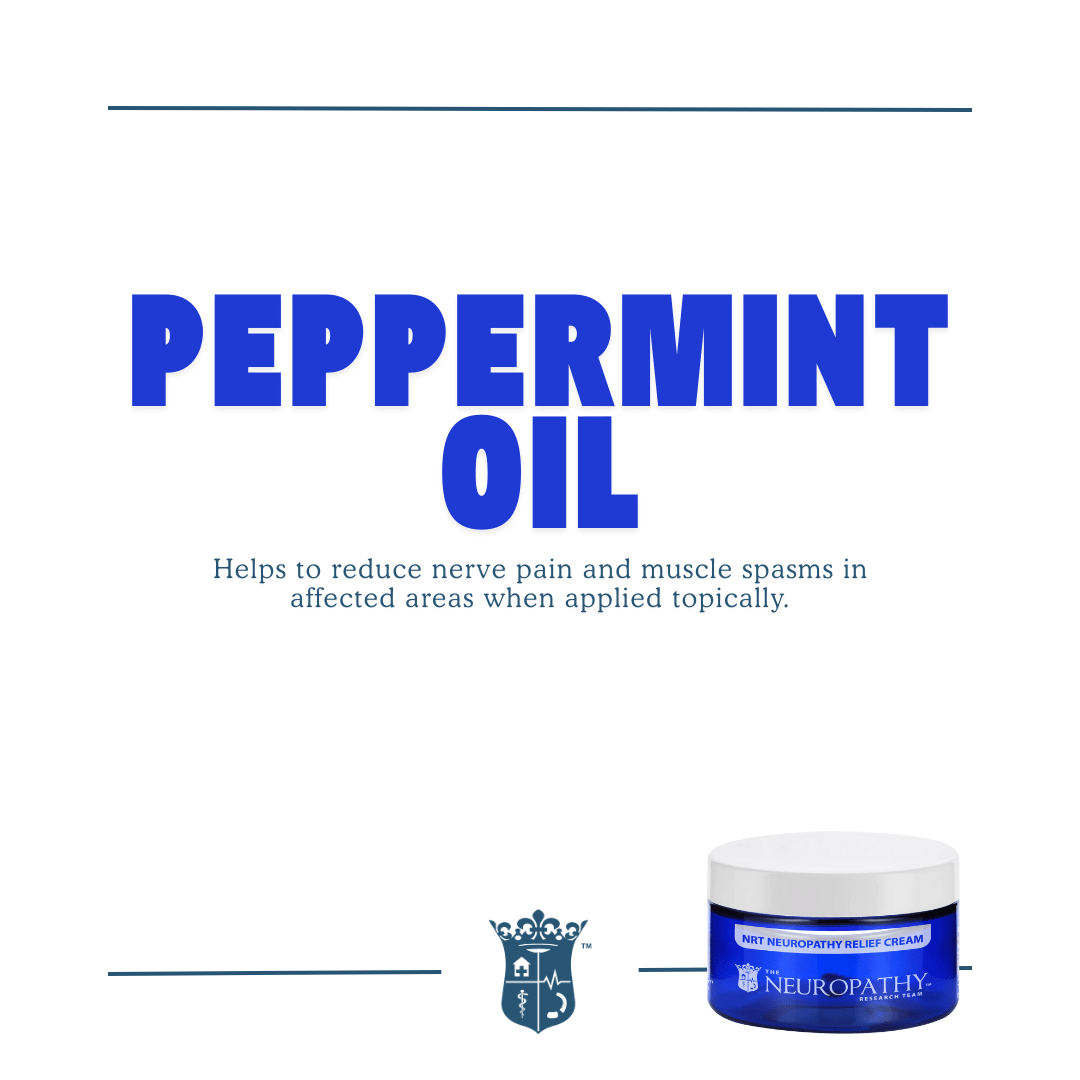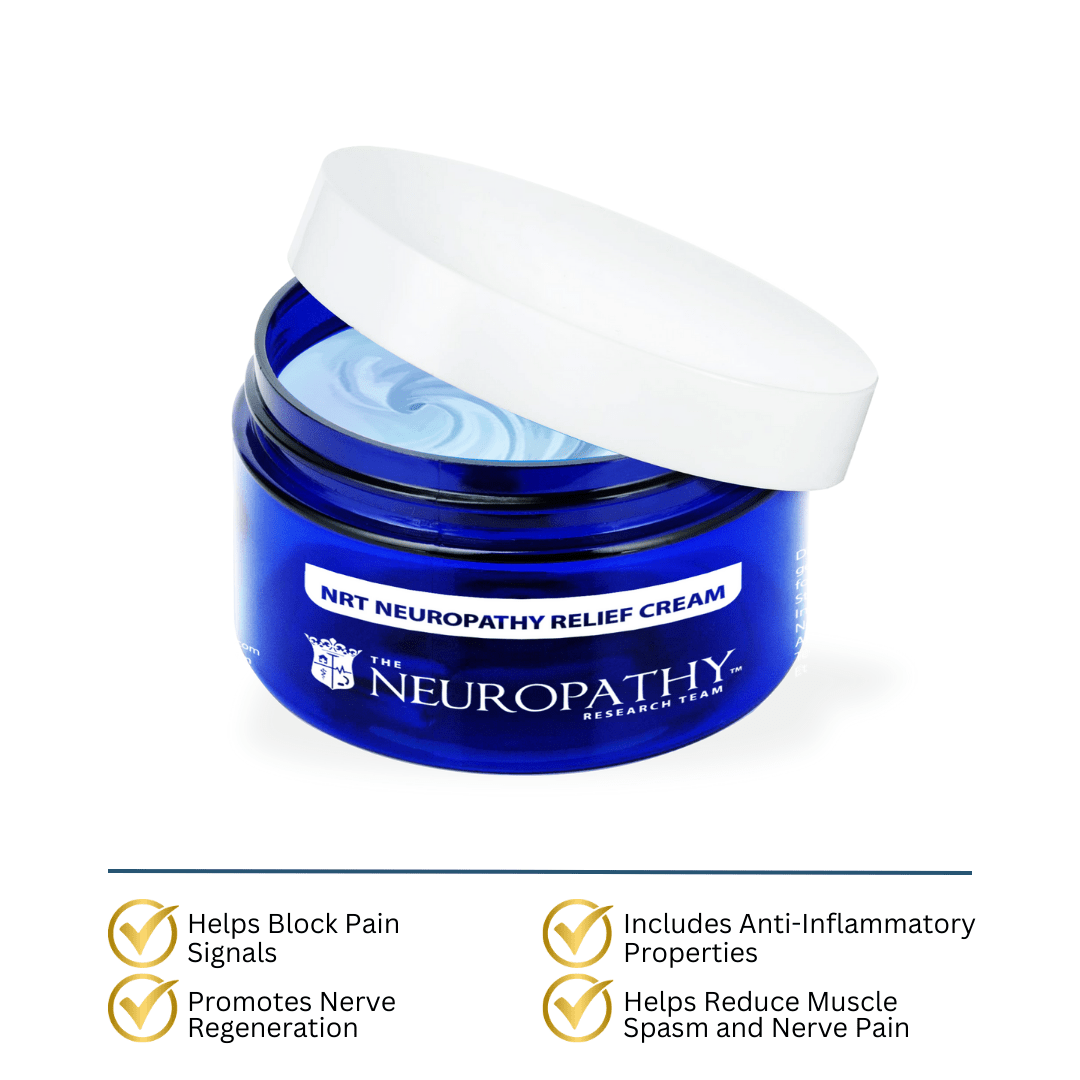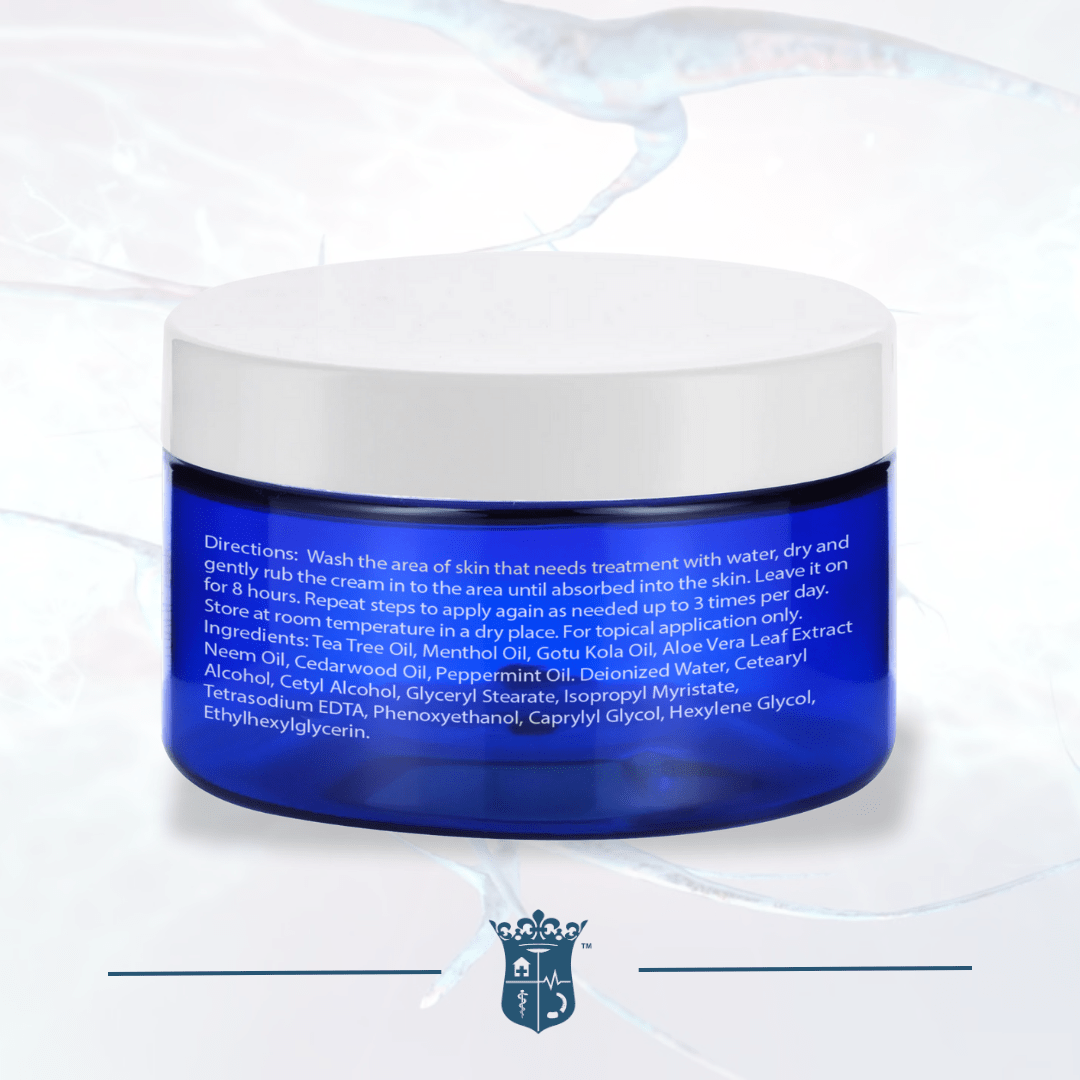
Baked Salmon Pasta for Neuropathy: A Delicious & Healthy Nerve-Supporting Meal
Share
Struggling with neuropathy symptoms? Your diet can play a crucial role in managing nerve pain and promoting nerve health. This baked salmon pasta recipe isn't just a delicious, healthy dinner idea; it's specifically designed as a neuropathy-friendly meal that can help you find neuropathy relief without relying on heavy creams.
Optimizing Your Pasta for Neuropathy Management
When dealing with neuropathy, choosing the right type of pasta is essential for managing blood sugar levels and increasing nutrient intake. Forget traditional white pasta and consider these healthier alternatives for your neuropathy diet:
Whole Wheat Pasta: This option, made from the entire wheat grain, is rich in fiber and essential nutrients, which helps to stabilize blood sugar levels – a critical factor for preventing and managing diabetic neuropathy.
Legume-Based Pasta: Pastas made from chickpeas, lentils, or black beans are excellent sources of plant-based protein, fiber, and iron. These can be particularly beneficial for sustained energy and nerve support.
Quinoa Pasta: A naturally gluten-free alternative, quinoa pasta offers a good balance of protein and fiber, making it a smart choice for sensitive digestive systems often associated with chronic conditions.
Vegetable Noodles: For a low-carb, nutrient-dense option, consider zucchini noodles ("zoodles"), squash noodles, or hearts of palm pasta. They are packed with vitamins and minerals crucial for overall well-being and nerve health.
General Dietary Principles for Neuropathy Support
Beyond specific ingredients, adopting a holistic approach to your diet can significantly impact neuropathy management:
Focus on Whole Foods: Prioritize a diet rich in fruits, vegetables, whole grains, lean proteins, and healthy fats to provide your body with the nutrients it needs for optimal function.
Manage Blood Sugar Levels: This is paramount for individuals with or at risk of diabetic neuropathy. Consistent blood sugar control can prevent further nerve damage.
Stay Hydrated: Adequate water intake is vital for all bodily functions, including nerve signal transmission.
Increase Omega-3 Fatty Acids: Foods high in omega-3s, like salmon and walnuts, are powerful anti-inflammatory foods that can help reduce nerve inflammation and support nerve repair.
Key Ingredients for Neuropathy Relief in This Pasta Dish
Each component of this baked salmon pasta has been selected for its potential to support nerve health and provide neuropathy relief.
Salmon: Your Omega-3 & Vitamin B12 Powerhouse
Salmon for neuropathy is a superstar ingredient, primarily due to its high concentration of omega-3 fatty acids. These essential fatty acids are renowned for their potent anti-inflammatory effects, which can significantly reduce nerve inflammation – a major contributor to neuropathic pain. Furthermore, omega-3s are believed to promote nerve regeneration and repair, potentially alleviating tingling and numbness. Salmon is also an excellent source of Vitamin B12, a crucial nutrient for maintaining a healthy nervous system and ensuring efficient nerve-impulse transmission. This combination of omega-3s and Vitamin B12 makes salmon a top choice for supporting overall nerve health and potentially improving neuropathy symptoms.
Broccoli: Alpha-Lipoic Acid & B Vitamin Benefits
Broccoli for neuropathy is another vital component in this recipe. It's rich in Alpha-Lipoic Acid (ALA), a powerful antioxidant that can improve nerve function and reduce neuropathic pain. Broccoli also contributes various B vitamins, including Folate (B9), which are essential for maintaining healthy nerve function and preventing deficiencies that can lead to neuropathy. Its other antioxidants like Vitamin C and flavonoids, along with glucosinolates (which form isothiocyanates), further protect nerves from damage and may lower the risk of neurodegenerative diseases.
Cherry Tomatoes: Antioxidants & Anti-inflammatory Support
Cherry tomatoes for neuropathy add a burst of flavor and a wealth of nutrients. They are packed with antioxidants, especially lycopene, which combats oxidative stress that can damage nerve cells and exacerbate neuropathic pain. As part of an anti-inflammatory diet, cherry tomatoes help reduce overall inflammation. They also provide essential vitamins and minerals that support nerve health, including Vitamin C and potassium. Their inclusion can help manage underlying conditions like diabetes, thereby reducing neuropathy symptoms and supporting nerve regeneration.
Garlic: Neuroprotective & Circulation-Boosting Properties
Garlic for neuropathy is valued for its bioactive compounds like allicin and diallyl disulfide. These compounds are powerful antioxidants that combat oxidative stress and possess significant anti-inflammatory effects, which can help alleviate neuropathic pain. Garlic also exhibits neuroprotective effects, safeguarding neuronal health, and importantly, enhances blood circulation. Improved blood flow is crucial for delivering oxygen and nutrients to affected nerves, supporting tissue repair and recovery in neuropathy.
Olive Oil: Antioxidant & Myelination Support
Extra Virgin Olive Oil (EVOO) for neuropathy is a cornerstone of this healthy recipe due to its exceptional antioxidant and anti-inflammatory properties. Rich in polyphenols, EVOO helps protect nerves from oxidative damage. Its oleic acid is a precursor to nervonic acid, crucial for myelination – the formation of the protective sheath around nerve fibers. This can be particularly beneficial for improving nerve conduction velocity and potentially reducing pain associated with diabetic neuropathy.
Lemon Juice: Antioxidant & Anti-inflammatory Boost
Lemon juice for neuropathy provides a fresh tang and powerful benefits. It's rich in Vitamin C and flavonoids, potent antioxidants that combat oxidative stress and reduce inflammation that can worsen neuropathy symptoms. For those with diabetic neuropathy, lemon water may even help manage sugar cravings and contribute to blood sugar control.
Basil: Anti-inflammatory & Pain Reduction Potential
Basil for neuropathy, particularly holy basil, has been studied for its anti-inflammatory compounds (like eugenol) and antioxidant effects. These properties help protect nerve-supplying blood vessels and overall nervous system health. Research suggests that basil may possess pain-relieving effects and act as a neuroprotective agent, potentially alleviating neuropathy-related pain, including that from chemotherapy-induced neuropathy.
Baked Salmon Pasta: Your Healthy, Cream-Free Recipe for Neuropathy
This oven-baked salmon pasta is the ultimate healthy dinner idea that's incredibly simple to make! With only 8 ingredients, this recipe is made without cream, instead, it's packed with the goodness of broccoli, cherry tomatoes, lemon, garlic, and basil. It’s quick, fresh, and easy – a fantastic addition to your neuropathy-friendly meal plan that your whole family will love!
Yields: 4 servings Prep time: 15 minutes Cook time: 20 minutes
Ingredients:
4 cups broccoli florets (chopped into small pieces)
10 ounces cherry tomatoes (284 grams; or roughly 3 cups)
5 large cloves garlic, minced
¼ cup extra virgin olive oil (or 4 Tbsp; divided)
1 pound fresh salmon, skin removed (450 grams)
8 ounces dry pasta (consider whole wheat, legume, or quinoa pasta for neuropathy diet) (224 grams; enough for 4 people)
½ a lemon, juiced
Approx. 1 ounce fresh basil leaves, chopped (28 grams; one standard clamshell)
Salt + pepper, to taste
Instructions:
Preheat oven to 400°F (200°C). Bring a large pot of water to a boil for your chosen pasta.
Prepare vegetables for baking: In a large baking dish, combine the chopped broccoli, cherry tomatoes, and minced garlic. Toss the vegetables with 1 tablespoon of olive oil, and season with salt and pepper.
Arrange salmon: Move the seasoned vegetables to the edges of the baking dish, creating space in the center for the salmon. Place the salmon fillet in the middle.
Season salmon: Brush the salmon with another 1 tablespoon of olive oil. Squeeze the lemon juice over the top of the salmon, and season with salt and pepper.
Bake: Transfer the baking dish to the preheated oven. Bake for 20 minutes, or until the salmon is cooked through and the vegetables are lightly browned and tender.
Cook pasta: While the salmon and vegetables are baking, add your pasta to the boiling water and cook according to package directions until al dente. Drain the cooked pasta, return it to the pot, and toss with another tablespoon of olive oil.
Combine ingredients: Remove the baking dish from the oven. Using a spatula or fork, gently flake the cooked salmon into smaller pieces. Toss the flaked salmon and roasted vegetables together in the baking dish.
Finish and serve: Add the cooked pasta and chopped fresh basil to the baking dish. Toss everything together again, seasoning with additional salt and pepper as needed. You may add the remaining tablespoon of olive oil if a richer texture is desired. Enjoy warm!
Recipe Notes:
Salmon Skin Tip: For ease, ask your fish counter to remove the salmon skin for you. This makes flaking the baked salmon much simpler before mixing it into the pasta.
Leftovers: Store any leftover baked salmon pasta in an airtight container in the refrigerator for up to 3 days. Reheat gently in the microwave or on the stovetop.
Gluten-Free Option: Simply use a certified gluten-free pasta to make this recipe suitable for those with gluten sensitivities; all other ingredients are naturally gluten-free.
Recipe Modifications:
Tomatoes: Grape tomatoes can be used instead of cherry tomatoes.
Veggies: Feel free to experiment with other quick-cooking vegetables like chopped asparagus or bell peppers. Ensure they have a similar baking time to the salmon (around 20 minutes).
Aromatics: Diced shallots or yellow onion can be added with the garlic for extra flavor.
Herbs: A sprinkle of fresh parsley at the end can also be a delicious addition. This recipe is flexible for using up ingredients in your fridge!



